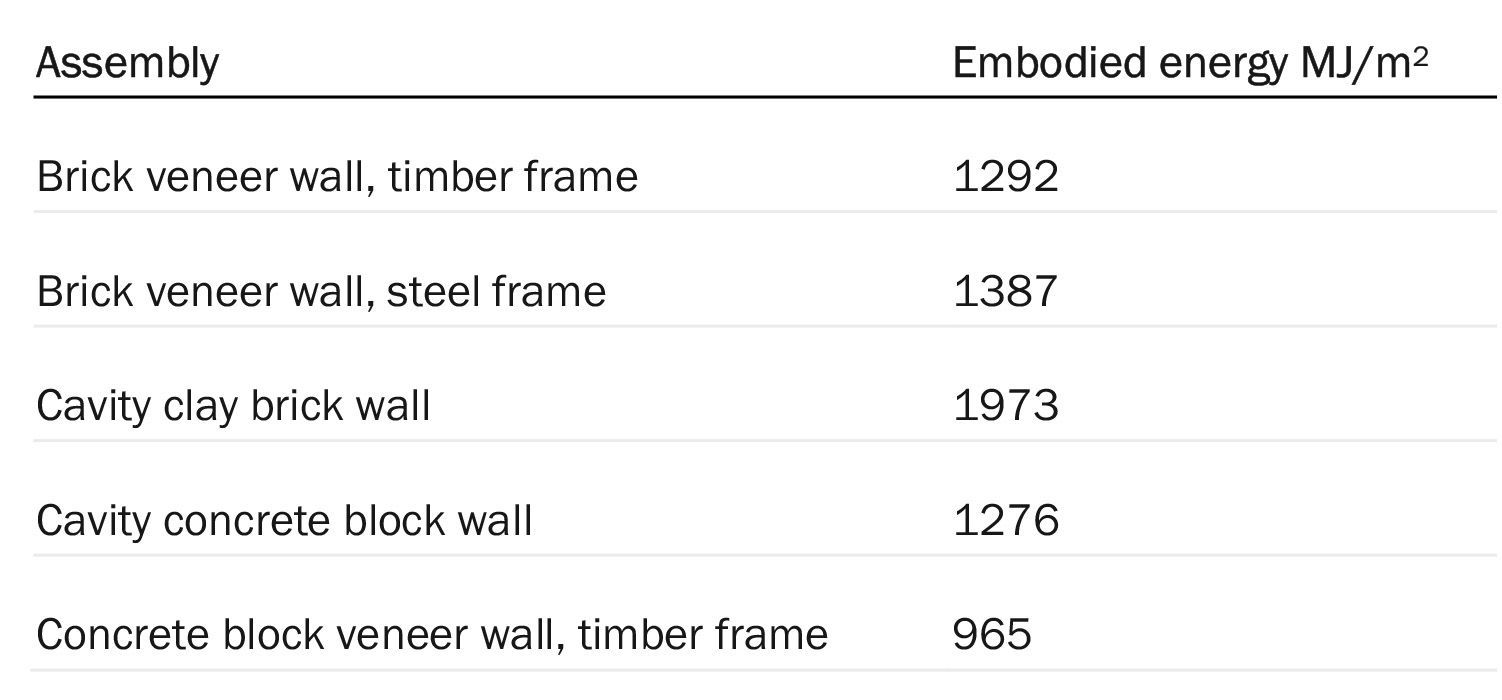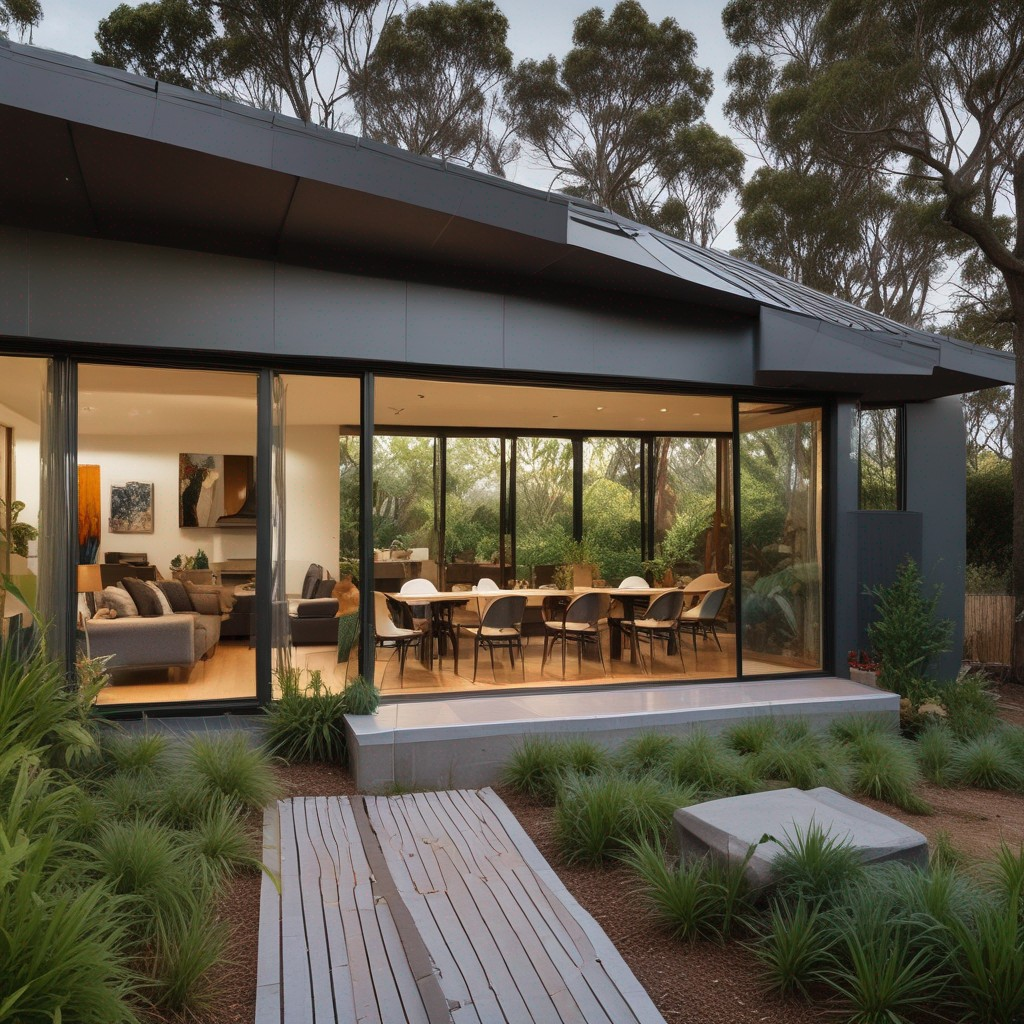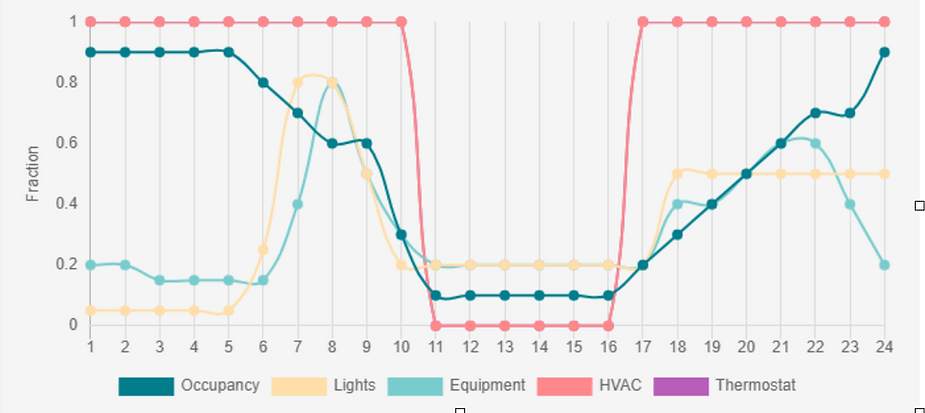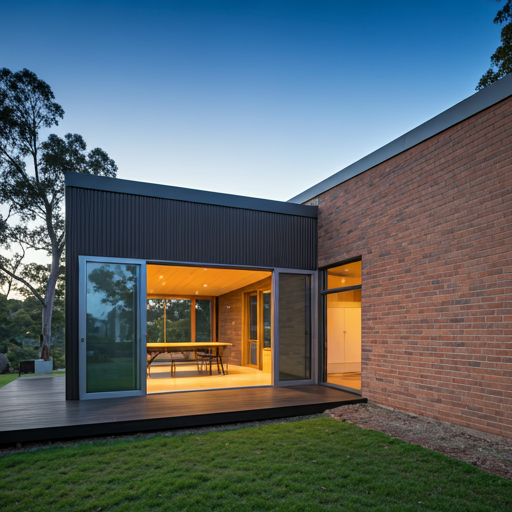Understanding Embodied Energy
Embodied Energy
We are sure you are keen to do your part in contributing to a clean and sustainable future and care for the one planet we have been entrusted with.
Perhaps you have heard of “The Paris Agreement”, a legally binding international treaty on climate change. It was adopted by 196 Parties at the UN Climate Change Conference (COP21) in Paris, France, on 12 December 2015. It entered into force on 4 November 2016.
Its overarching goal is to hold “the increase in the global average temperature to well below 2°C above pre-industrial levels” and pursue efforts “to limit the temperature increase to 1.5°C above pre-industrial levels.” This is where carbon tax, carbon capture, carbon pricing well sort of all this carbon talk comes in.
So with this newsletter we wanted to explain as simply as possible what Embodied Energy in Construction is all about because ultimately it is a carbon contributor.
Hold on, what? Embodied Energy? Construction? Yes it can sound a little daunting, but think of it this simple way; all of us have a body, to keep that body alive we eat and drink, our body converts that eating and drinking to energy, and if we eat more “energy” then our body uses we start to store it – yes it’s then a fight against the bulge. So whilst we eat the food and use the energy, construction doesn’t, every material used in construction stores the energy in the material, like a battery, embodying that energy in a brick, plasterboard sheet, paint tin, whatever product being used. Yes we may use some of that energy again in recycling a product but even then the energy is still there.
All construction materials and types have a different embodied energy rating, here are some examples;

** A comprehensive list can be found
here.
So, in construction we can break it down to 3 main categories Embodied Carbon, Operational Carbon and End of life:
Materials (Embodied Carbon) - Where do your construction materials come from? how are they made? This follows the product from the forest or mine to the construction site. Extraction of materials, transport, manufacturing, construction and even end of life – when its use ends.
Building (Embodied Carbon) – This is the construction process itself. How much energy is used? Waste produced and emissions released during building.
Use (Operational Carbon) – Probably what we are most familiar with lighting, heating, HVAC, energy consumption. Don’t forget the operational carbon footprint of a building is normally tied in with the life of the building which could be many decades.
So just like purchasing a new car you have an upfront cost and then yearly services, which ultimately all go into the cost of ownership. With Embodied Energy we are paying for it in carbon - Embodied carbon is the upfront cost generated before the building is even used. Operational carbon is the ongoing carbon costs. Yes, making buildings more energy efficient with BMS systems, lighting, HVAC has lowered carbon operating emissions. But as operational carbon goes down, embodied carbon will account for a larger percentage of total carbon.
We can see that right from design to project completion, understanding embodied energy empowers both end users and designers to make more sustainable choices during the construction and design stages of a building, leading to reduced environmental impact and improved resource efficiency.
So what are some things to keep in mind? Here are 8 points to consider:
Reduce the Number of Materials: The first and most important. Reducing the amount of materials used can significantly reduce the overall embodied carbon in a project. This almost always results in lower costs too.
Choose Low-Carbon Materials: Prioritize materials that have a lower carbon footprint during their production. For example, using sustainably sourced wood instead of concrete or steel can significantly reduce embodied carbon.
Recycled and Reused Materials: Instead of always using new materials, we can recycle and reuse materials from old buildings or other sources. This reduces the need for new production and saves energy.
Energy-Efficient Construction Techniques: Employ construction methods that require less energy. For example, using pre-fabricated components can be more energy-efficient compared to traditional on-site construction.
Design for Longevity: Construct buildings that are durable and longlasting. This way, they stay in use for a more extended period, and we don’t need to build new ones as frequently.
Design for Adaptability: Create buildings that can easily adapt to changing needs. This way, we can avoid tearing down and rebuilding structures when requirements change, which saves embodied carbon.
Retrofit Existing Buildings: Retrofits offer an opportunity to cut carbon emissions and extend the building’s life. Reusing buildings can save 50- 75% of embodied carbon emissions, especially if we maintain the foundation. We can also choose materials with lower carbon footprints, such as recycled steel.
Education and Awareness: Raise awareness among construction professionals, builders, and the public about the importance of reducing embodied carbon. When everyone is on board, we can work together for a greener construction industry.
Thanks for reading and we hope this has helped take the mystery out of Embodied Energy.








